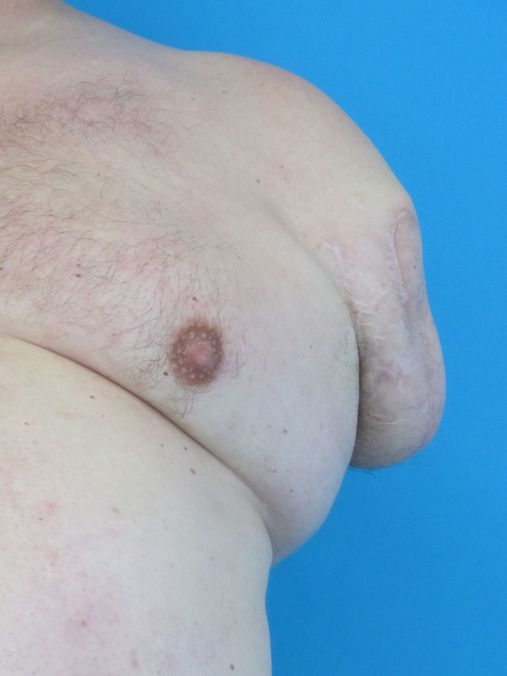
Residual limb lengthening
A satisfactory prosthesis fitting after amputation essentially depends on whether the remaining residual limb is long enough and whether there is sufficient soft tissue coverage. The more unfavorable the leverage conditions become, the worse the prosthesis fit will be. Instability and permanent soft tissue irritation are the result.

Upper arm residual limb after amputation

Femoral residual limbs

Lower leg residual limb after amputation
Not fit for prosthesis -what now?
If the residual limb after amputation is so short that prosthetic fitting is difficult or impossible, surgery can be performed to bring the residual limb to the optimal length to enable or improve prosthetic fitting. The remaining bone is gently cut and an intramedullary distraction nail is implanted so that new bone tissue can form and the soft tissues are stretched.
An intramedullary distraction nail can also lengthen a residual limb after amputation
The lengthening of both the bone and the surrounding soft tissues with an intramedullary distraction nail is done in the same way as the lengthening of a leg. An extremely short initial length of the residual limb can be limiting, so that special designs of the intramedullary distraction nail may have to be used. However, if this advantageous implant can ultimately be used, an external fixator is also unnecessary in these situations, which is a considerable relief, especially in the case of short femoral residual limbs.

Bilateral orthoses after lower leg lengthening
Contact
Privacy Policy